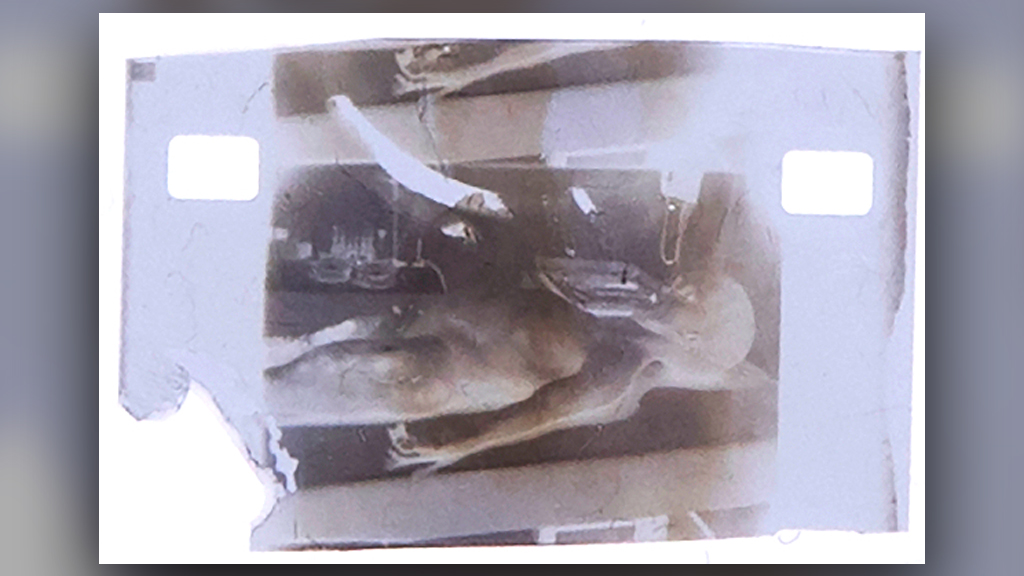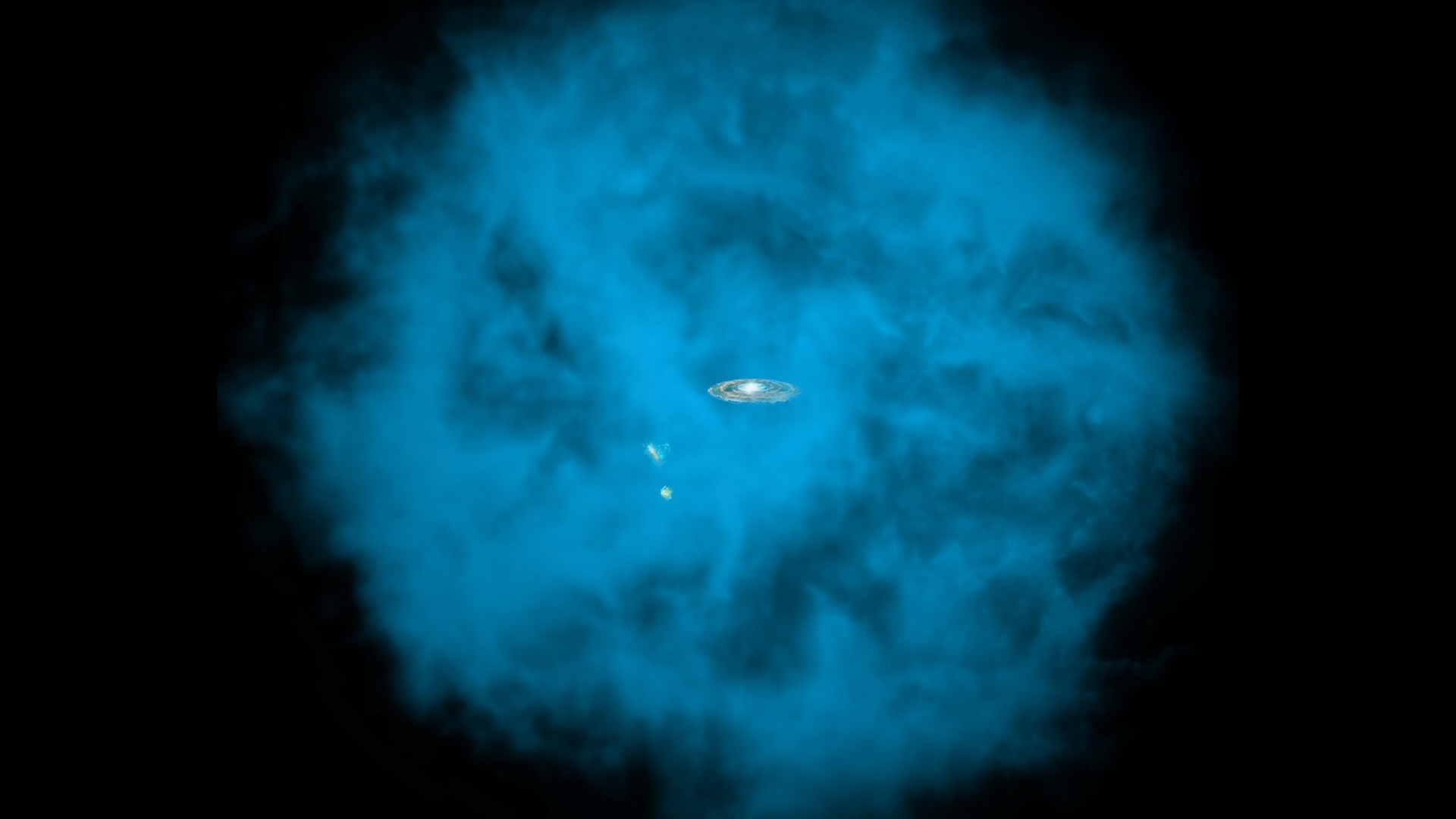
Mindy Weisberger
Mindy Weisberger is an editor at Scholastic and a former Live Science channel editor and senior writer. She has reported on general science, covering climate change, paleontology, biology and space. Mindy studied film at Columbia University; prior to Live Science she produced, wrote and directed media for the American Museum of Natural History in New York City. Her videos about dinosaurs, astrophysics, biodiversity and evolution appear in museums and science centers worldwide, earning awards such as the CINE Golden Eagle and the Communicator Award of Excellence. Her writing has also appeared in Scientific American, The Washington Post and How It Works Magazine. Her book "Rise of the Zombie Bugs: The Surprising Science of Parasitic Mind Control" will be published in spring 2025 by Johns Hopkins University Press.
Latest articles by Mindy Weisberger

Watch sheep flow like water in mesmerizing time-lapse drone footage
By Mindy Weisberger published
A photographer created an astonishing time-lapse video from aerial footage of sheep as they traveled between pastures over seven months.

This giant, leaf-eating lemur was the size of a human and had paws like a koala
By Mindy Weisberger published
Massive lemurs once clung to Madagascar's trees. Scientists recently sequenced the nuclear genome of one extinct giant, the koala lemur, for the first time.

Remains of more than 1,000 Indigenous children found at former residential schools in Canada
By Mindy Weisberger published
Since May 28, the graves of more than 1,000 Indigenous children have been discovered in Canada, on the grounds of former state-funded boarding schools run by the Catholic Church.
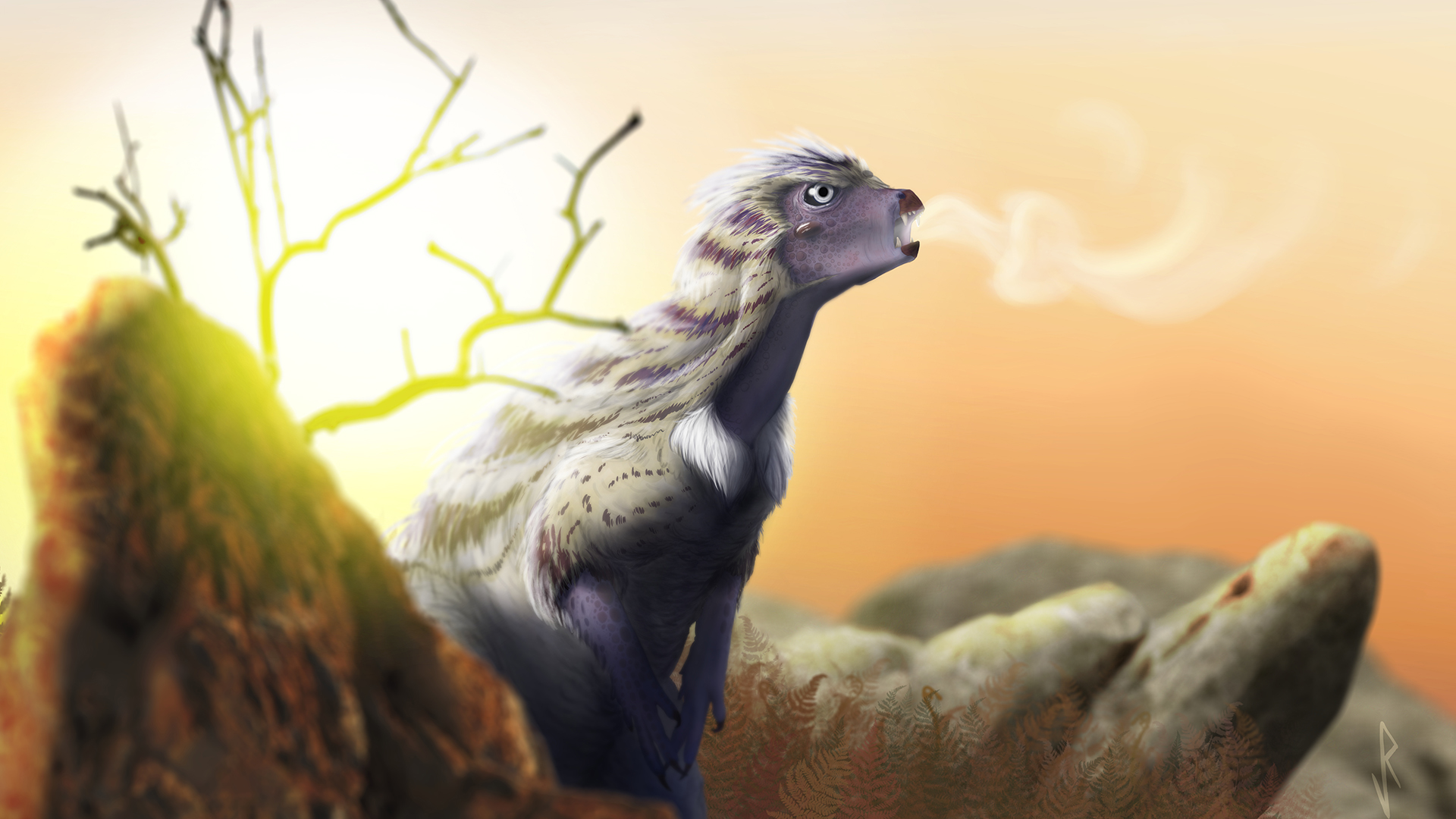
No, this dinosaur isn't vaping. It just breathed like a weirdo.
By Mindy Weisberger published
Analysis of a well-preserved fossil from South Africa provided a "missing puzzle piece" for the evolution of dinosaur respiration.

Cats and dogs go wild in new 'Wild Kratts' special: Q&A with the Kratt Bros
By Mindy Weisberger published
A new adventure awaits the Kratt Bros, in "Wild Kratts: Cats and Dogs."
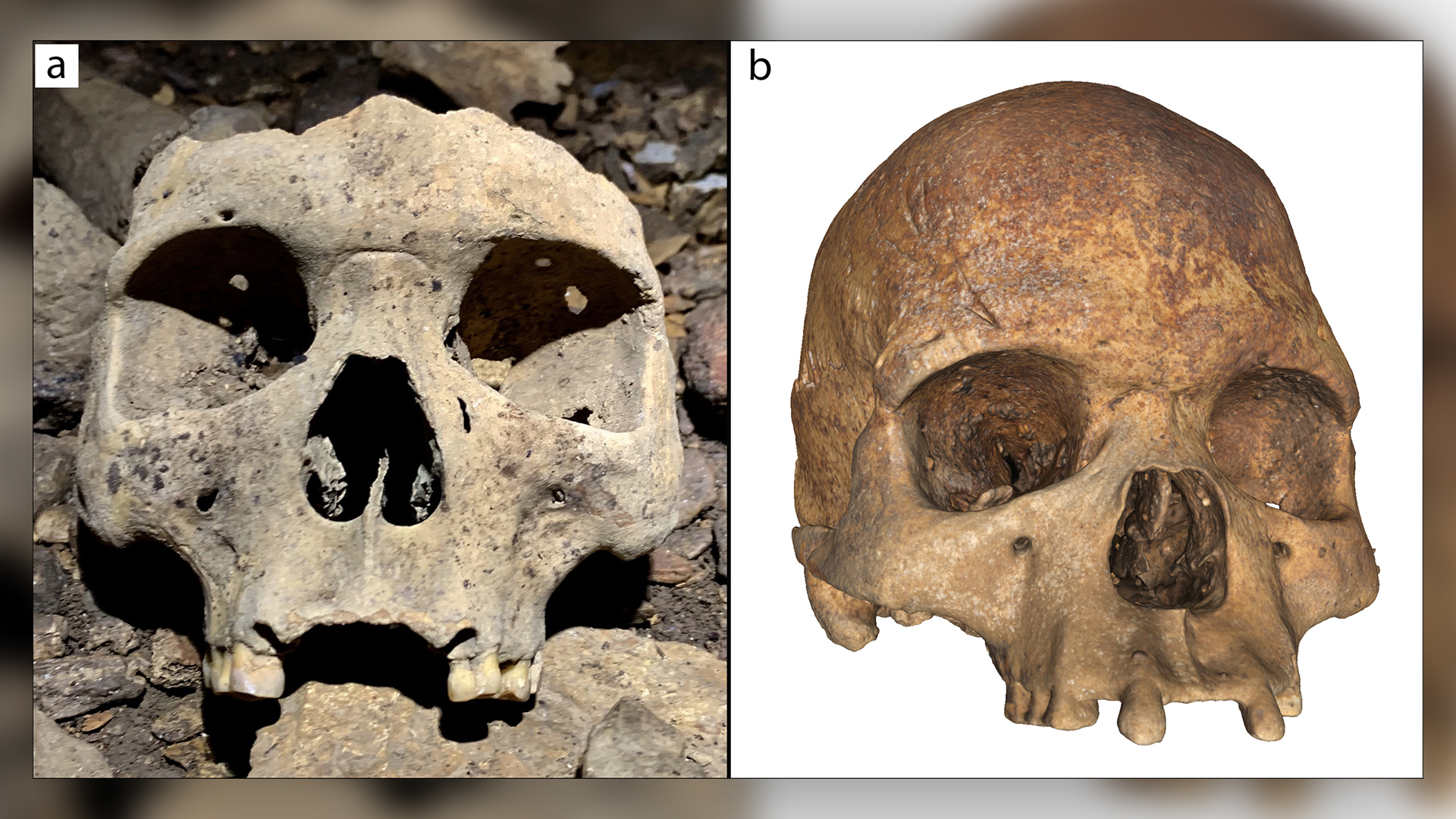
500-year-old skulls with facial modification unearthed in Gabon
By Mindy Weisberger published
Human remains dating to the 14th and 15th centuries show that people who lived in what is now Gabon modified their faces through tooth removal.
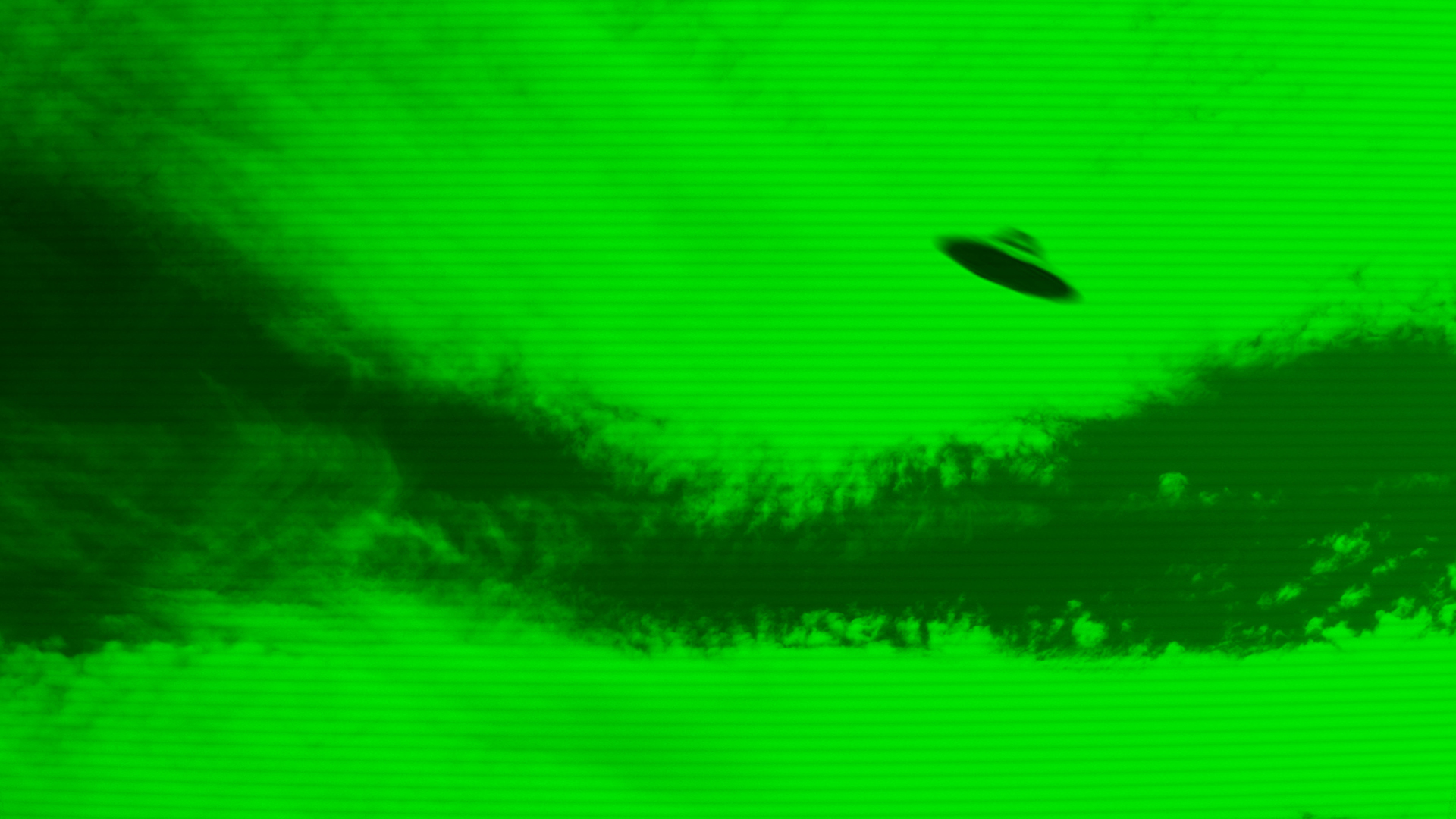
Most Americans think intelligent aliens exist, and half think they have visited Earth
By Mindy Weisberger published
A new survey reveals that most Americans believe in intelligent extraterrestrial life and do not feel threatened by the appearance of UFOs.
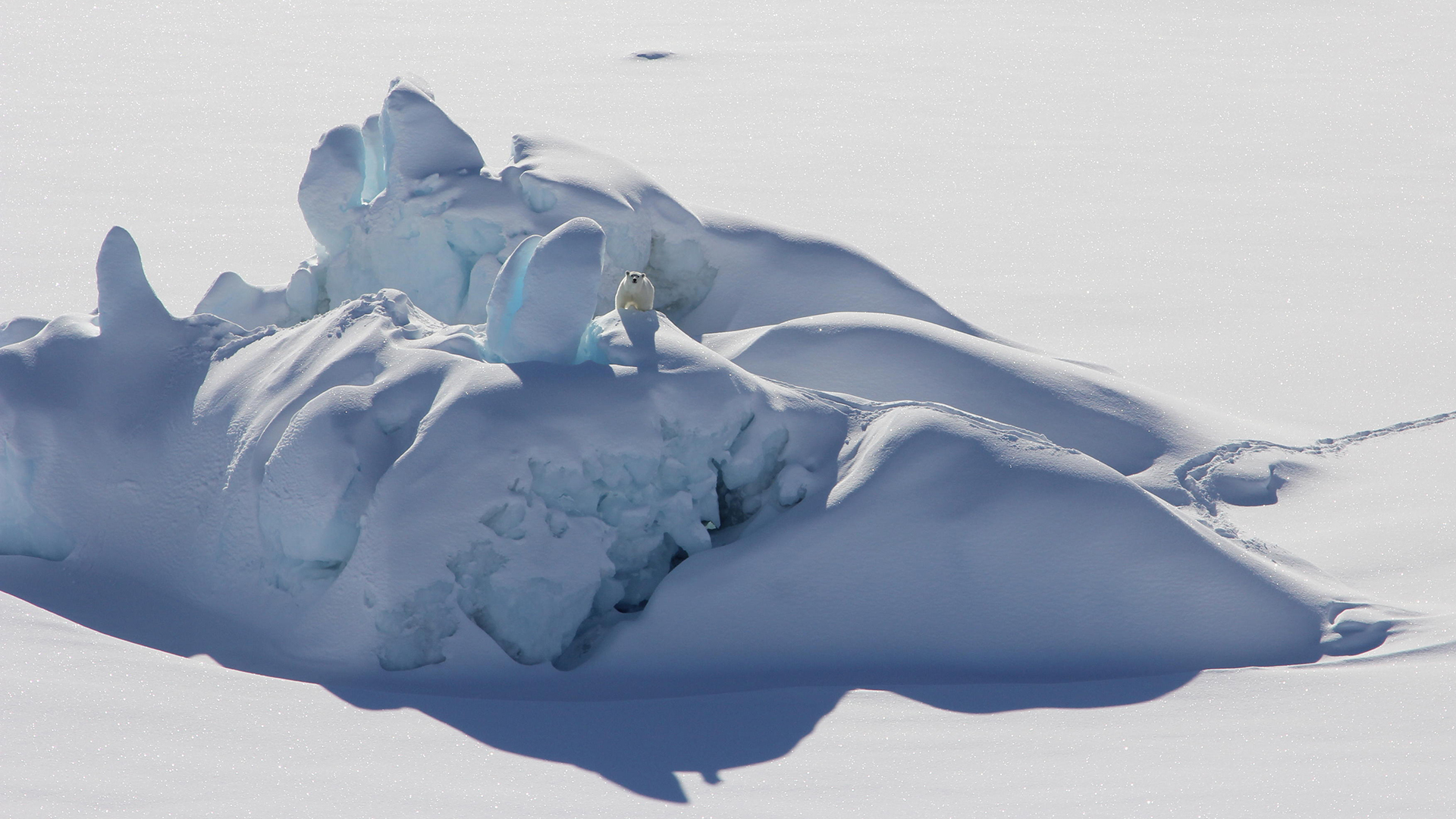
'Last Ice Area' in the Arctic may not survive climate change
By Mindy Weisberger published
In the chilly Arctic, a long-frozen region is a critical refuge for wildlife that depends on ice. But the so-called Last Ice Area could melt away as Earth warms.

Watch thousands of fire ants form living 'conveyor belts' to escape floods (Video)
By Mindy Weisberger published
Video and computer modeling shows how fire ants create bridge extensions from their enormous rafts, made of tightly packed ants numbering in the tens of thousands.

This french-fry-stealing seagull is the star of a new Google ad
By Mindy Weisberger published
When a photographer snapped the moment a herring gull caught a french fry midair, the image quickly went viral. Now, the photo is appearing on Google billboards in Ireland and the U.K.
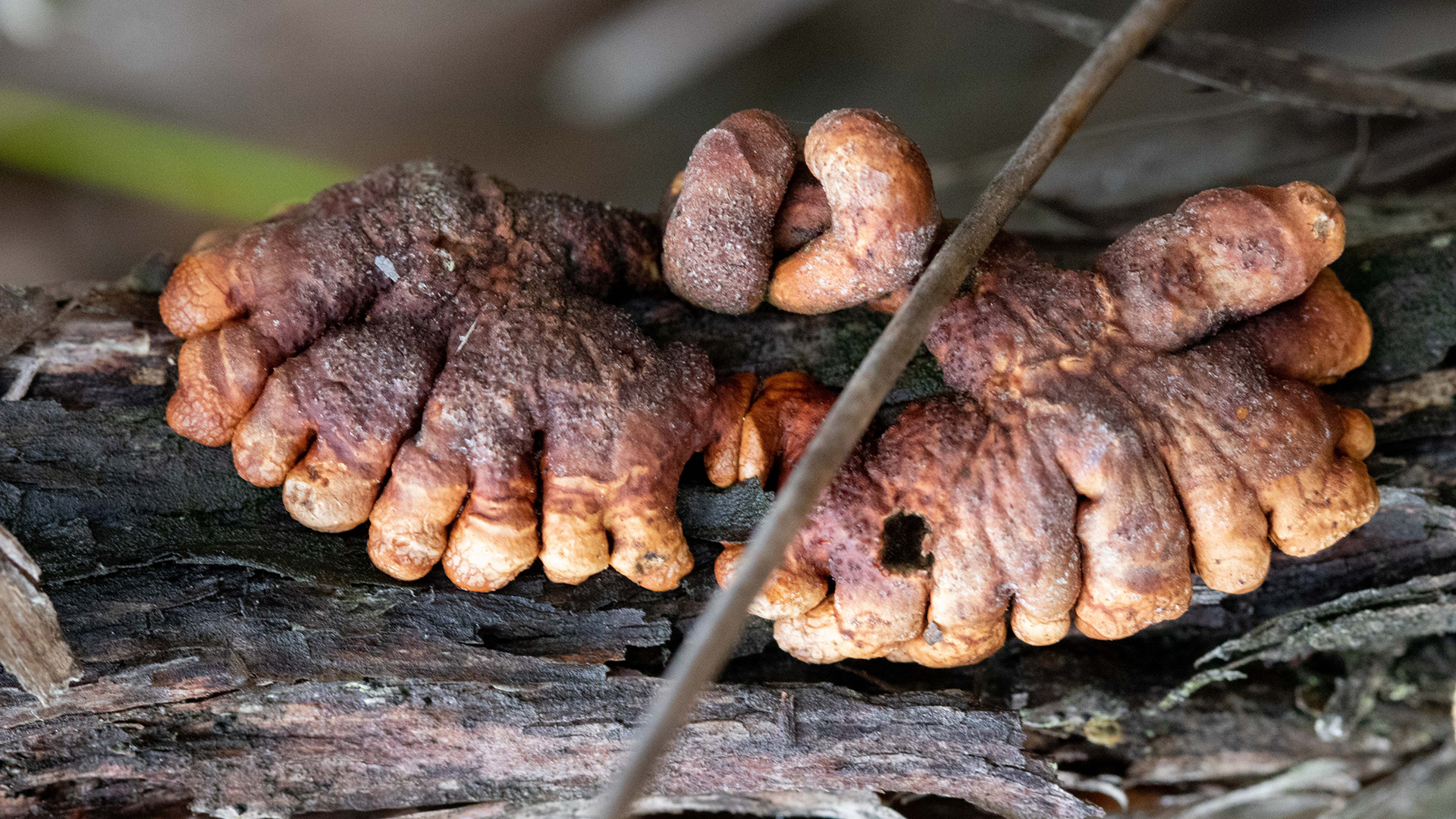
Rare 'zombie fingers' parasitic fungus is hanging on (barely) in Australia
By Mindy Weisberger published
Scientists recently found that a fungus resembling zombies' fingers is more widespread in Australia than anyone suspected.

Oldest-known shark attack discovered in 3,000-year-old skeleton with 800 injuries
By Mindy Weisberger published
Scientists reconstructed a 3,000-year-old shark attack from marks left behind in the victim's skeleton.

Sticky orange coating on a 6,000-year-old Yukon dart came from a beaver's anal sac
By Mindy Weisberger published
Melting alpine ice in the Yukon uncovered an ancient throwing weapon coated in an organic residue.
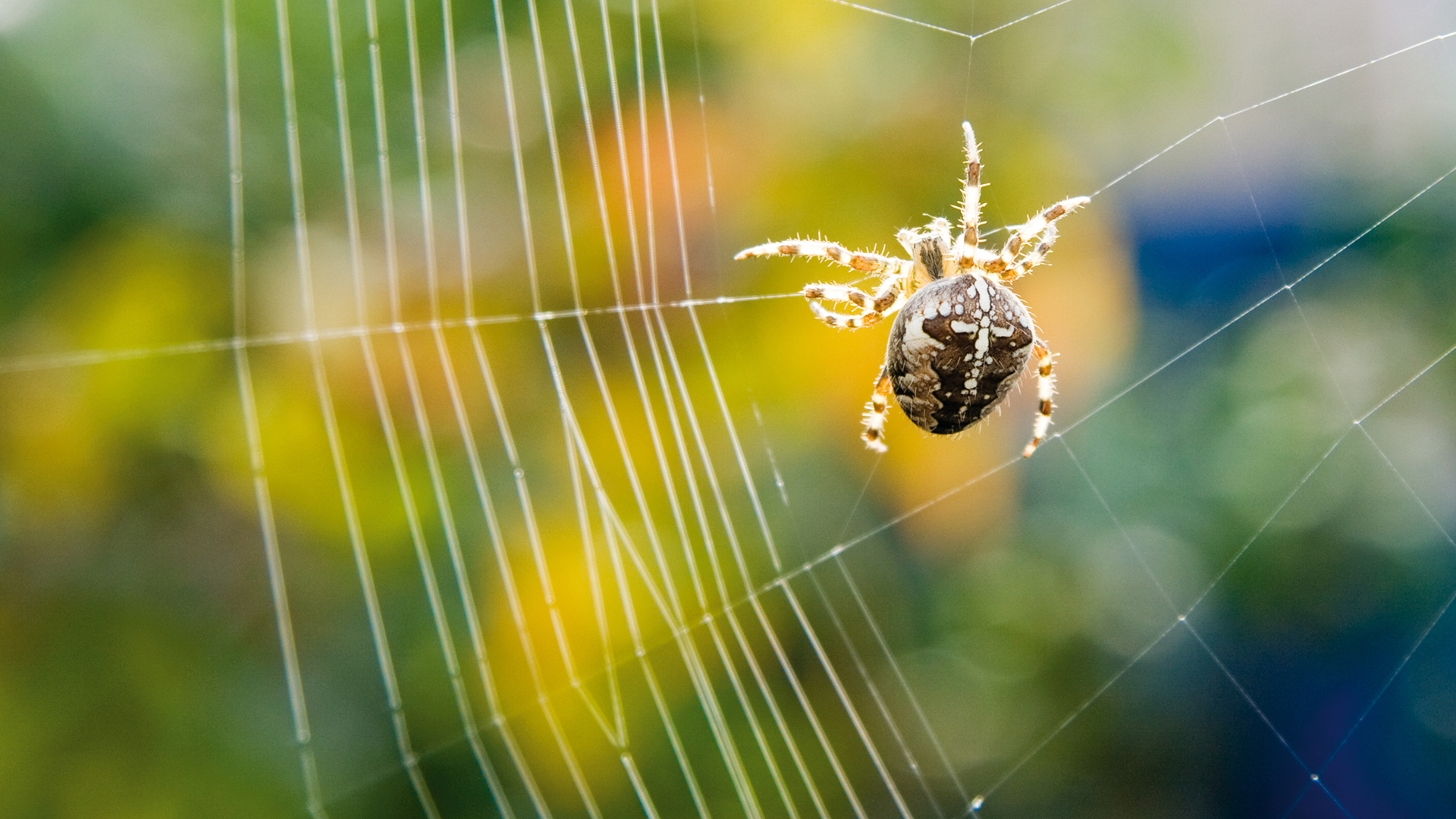
Is every spiderweb unique?
By Mindy Weisberger published
How much does spiderweb construction vary between spiders?
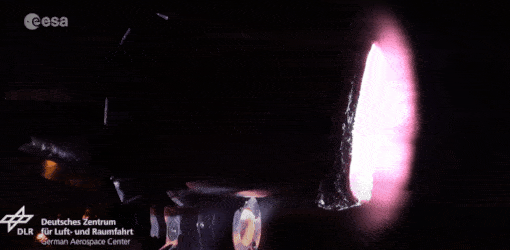
Plasma wind tunnel annihilates satellite model in atmospheric reentry test
By Mindy Weisberger published
Satellite parts that melt away during reentry reduce the risk of space debris impacts on Earth, a new video demonstrates.

Pointy shoes destroyed rich people's feet in medieval England
By Mindy Weisberger published
People who followed a medieval fad of wearing pointy-toed shoes suffered severe foot deformities.
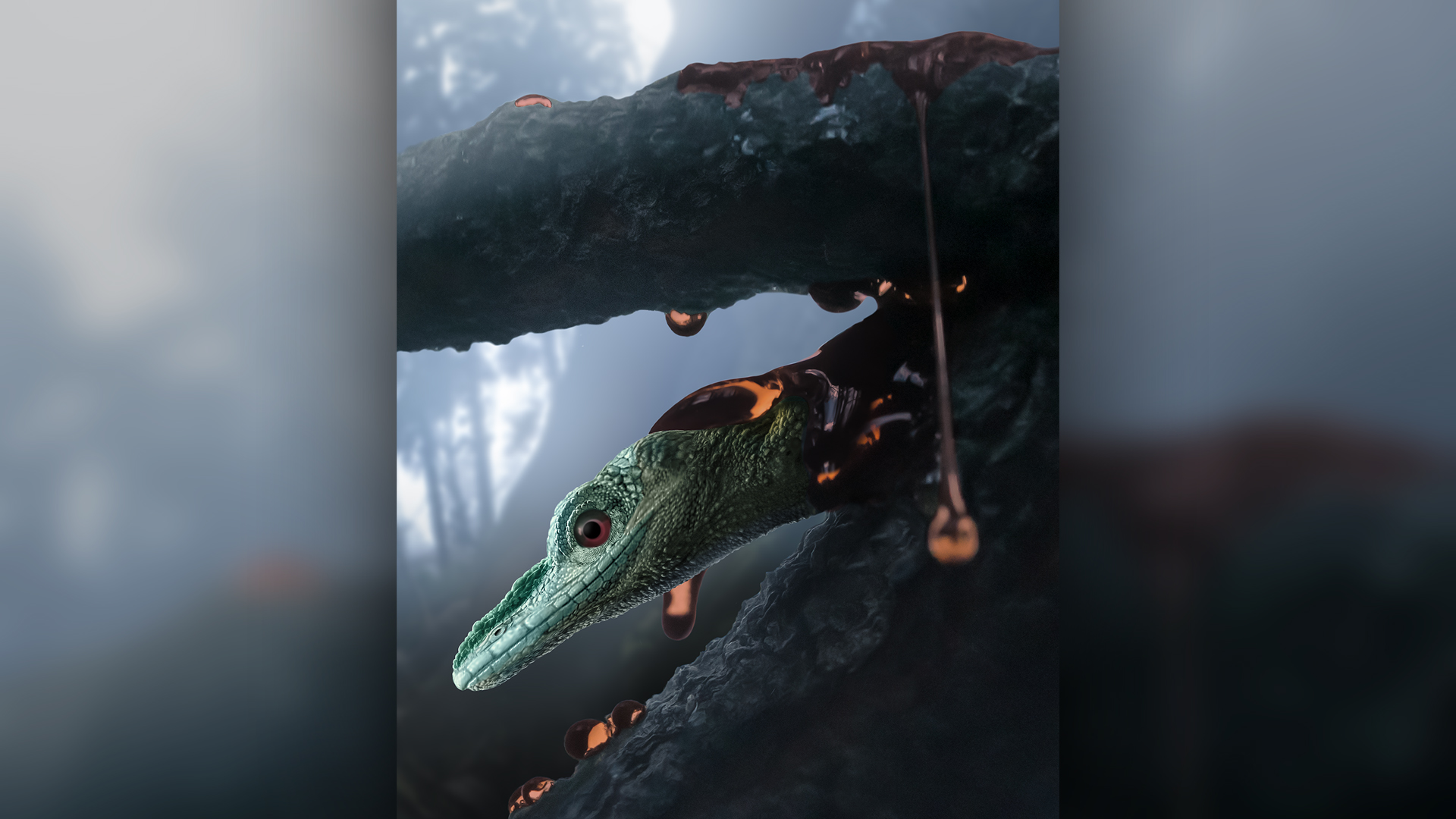
'Strange beast' in amber is a very weird lizard
By Mindy Weisberger published
A tiny amber-locked skull that looks like a bird's is actually a lizard's, new fossil evidence shows.

See the 'Star of India,' decades after it was nabbed in a heist
By Mindy Weisberger published
The American Museum of Natural History's Hall of Gems and Minerals is newly renovated and reopens with "Beautiful Creatures," an exhibit of stunning jewelry inspired by animals.
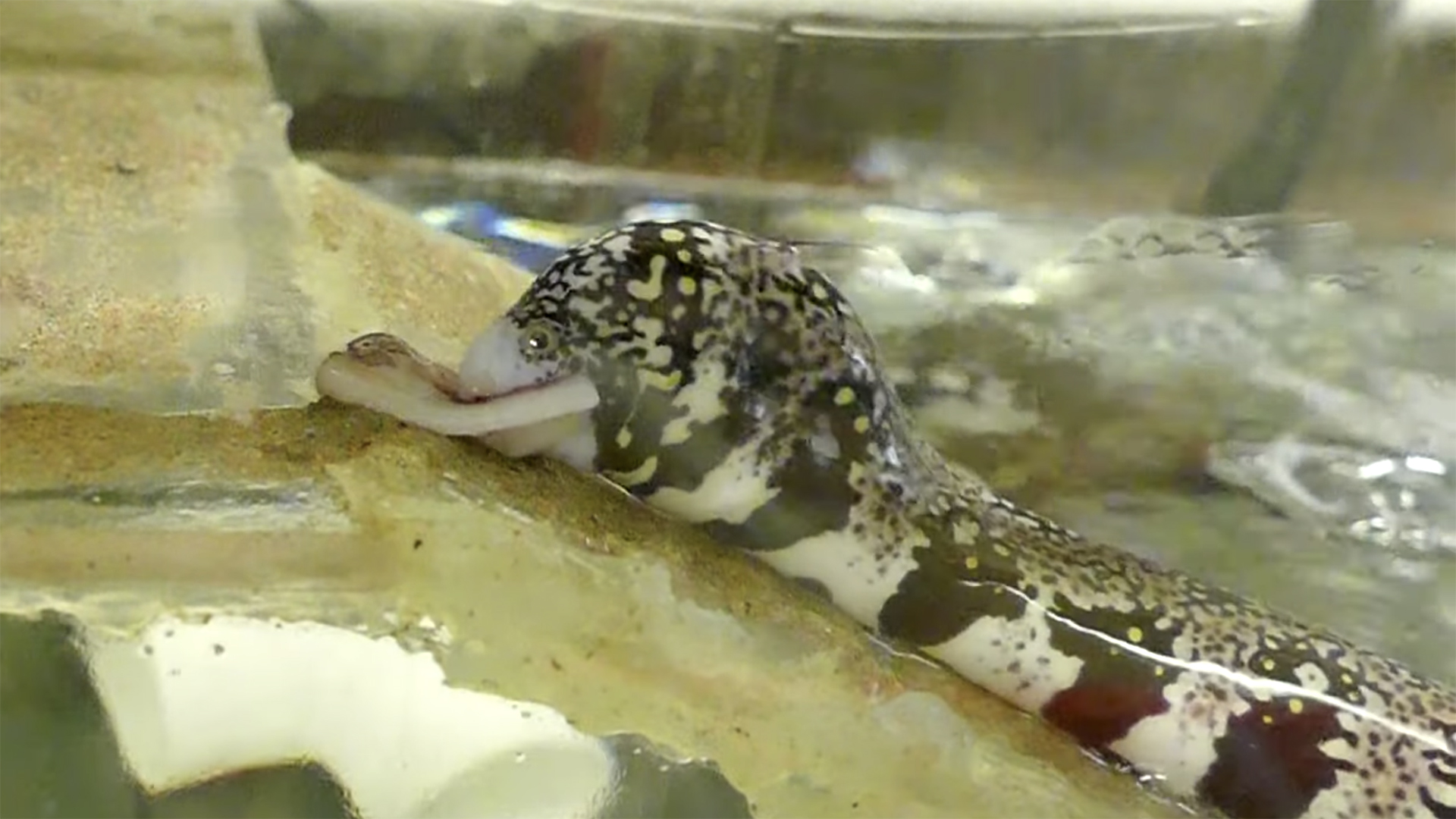
These eels can swallow prey on land, thanks to extendable jaws in their throats
By Mindy Weisberger published
Most marine creatures get their meals in the water, but snowflake moray eels have a strange adaptation that lets them grab and swallow prey on land, too.

Shackled skeleton may be first direct evidence of slavery in Roman Britain
By Mindy Weisberger published
Iron shackles around a skeleton's legs secured the ankles with a padlock and may provide the first direct evidence of an enslaved person in Roman Britain.
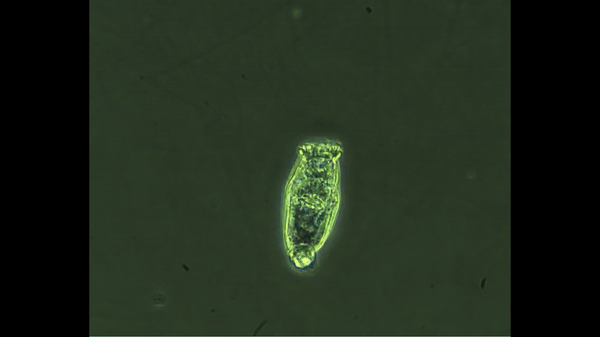
24,000-year-old 'zombies' revived and cloned from Arctic permafrost
By Mindy Weisberger published
Arctic ice dating to 24,000 years ago held frozen microscopic animals called rotifers. Scientists just brought them back to life.

'No evidence' UFOs are alien spacecraft, but they're not American, Pentagon says
By Mindy Weisberger published
In a new report, Pentagon officials claim they lack evidence that UFOs are from worlds other than Earth.
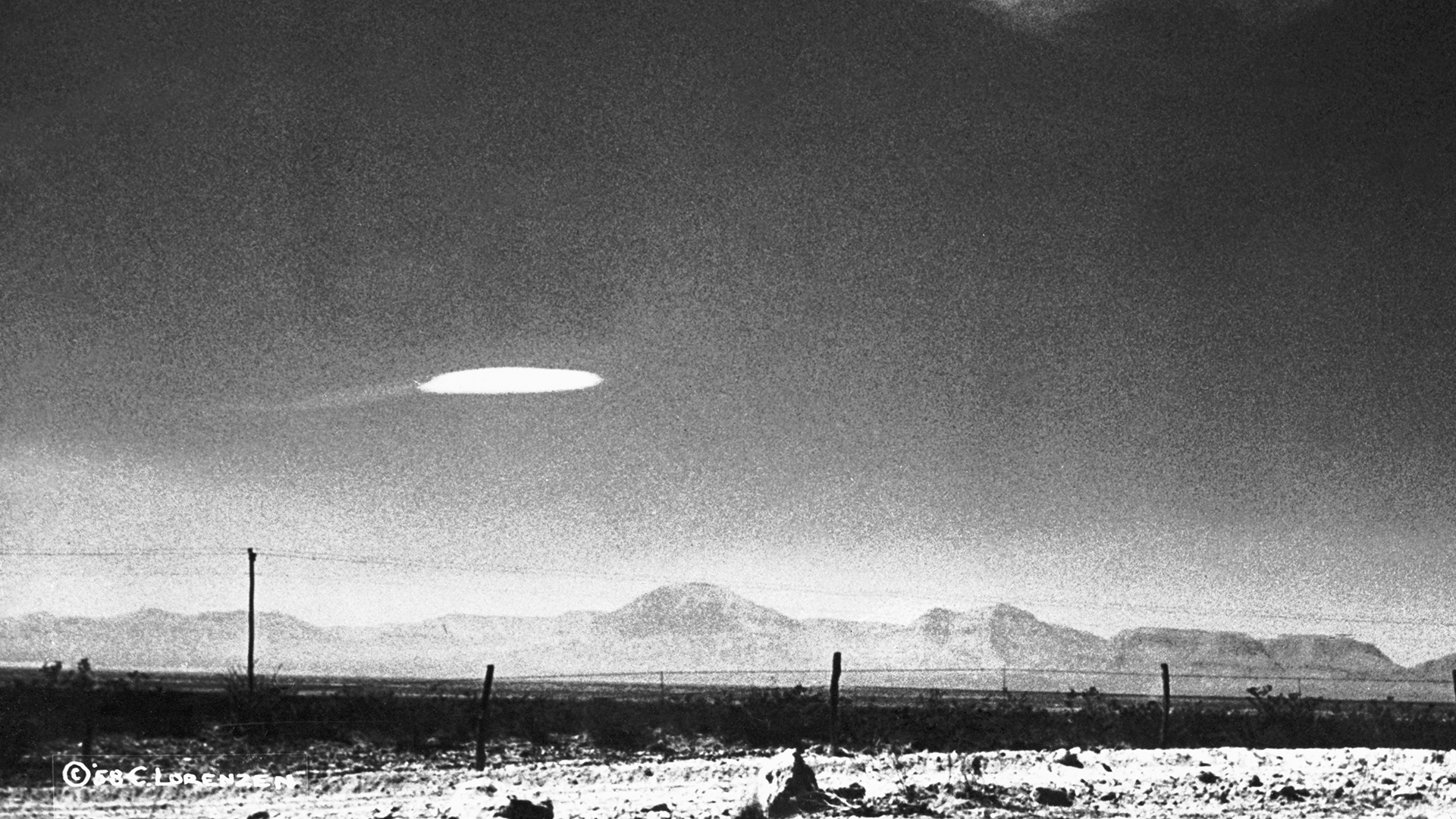
Pentagon's long-awaited UFO report to Congress due this month
By Mindy Weisberger published
U.S. lawmakers called for an official assessment of UFO sightings in December, and the six-month deadline is up.
Sign up for the Live Science daily newsletter now
Get the world’s most fascinating discoveries delivered straight to your inbox.

